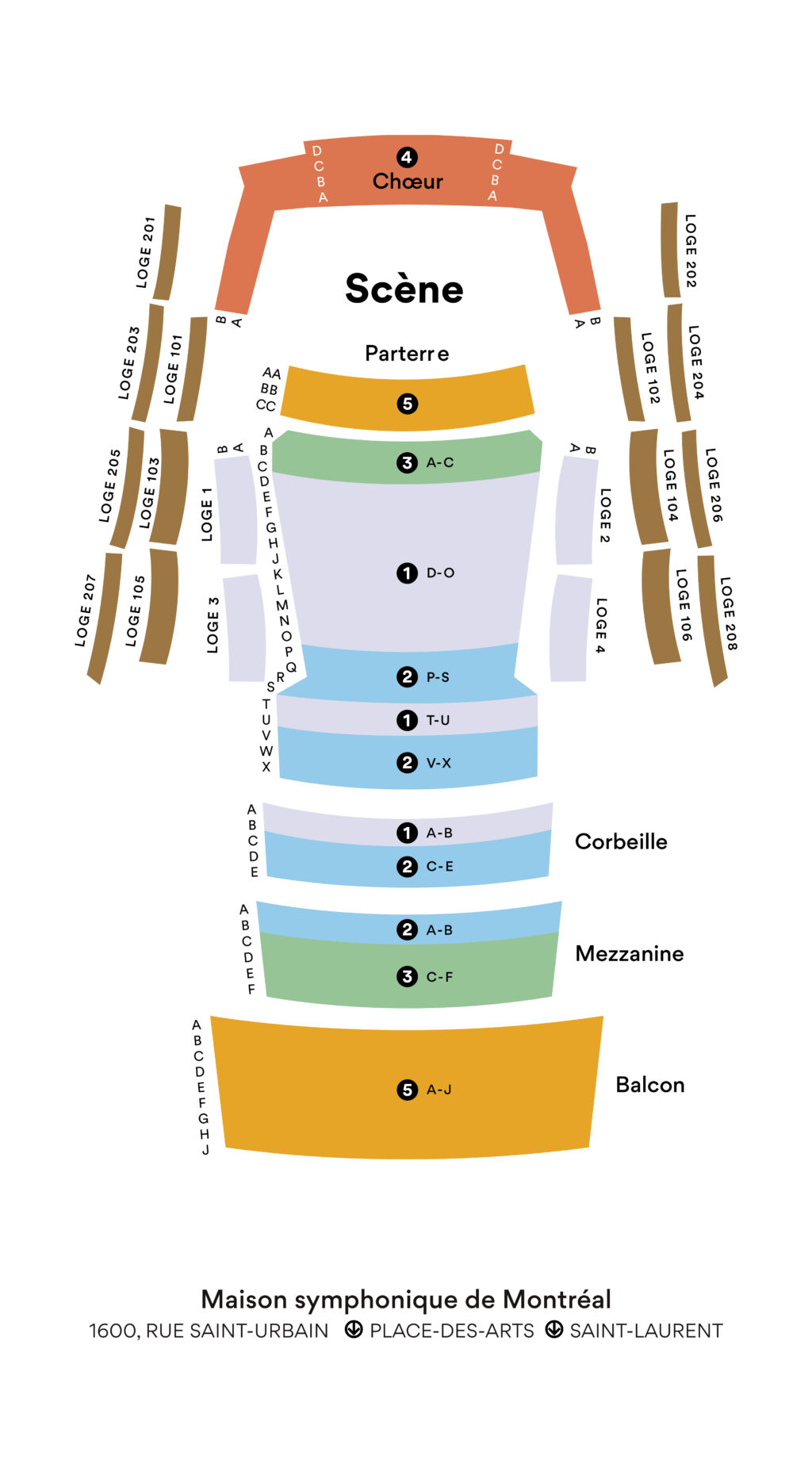Petite Suite for small orchestra
Germaine Tailleferre
1892 –1983
“Sometimes I’m compared to the minor masters of the 18th century and I’m very proud of that.” – Germaine Tailleferre
Germaine Tailleferre’s father would tell anyone who’d listen: “For my daughter, attending the Conservatoire or working the streets, it’s the same thing.” But after receiving her first piano lessons from her mother, the headstrong teenager secretly studied music at the Paris institution. Her first compositions led her to frequent the city’s artistic and literary haunts between the two wars, an exhilarating period if ever there were one. There she rubbed shoulders with Satie, Milhaud, who took her under his wing, and Stravinsky, whom she venerated throughout her life. In 1920, she became a member of Les Six, alongside Milhaud, Auric, Durey, Honegger and Poulenc, united, despite their differences, by “a new need for objectivity and classicism, with humour and irony as an antidote to Wagnerian pathos and Impressionist soft focus” (Romain Goldron).
Despite financial challenges and a difficult emotional life, Tailleferre has left us music full of charm, “without pretension [and] most attractive because it is sincere” (Darius Milhaud). Influenced by Ravel, who helped her improve her orchestral writing, she gave a large role to the winds and resorted to rarely heard sonorities and the harp, celesta, xylophone and muted trumpet. After a start that recalls Debussy, her Prélude dances over a repeated bass line in a rustic setting. The second movement is a mysterious sicilienne while the work’s finale jubilantly orchestrates the traditional song Sont les filles de La Rochelle.
© 2022 François Filiatrault
Translation by Craig Schweickert
